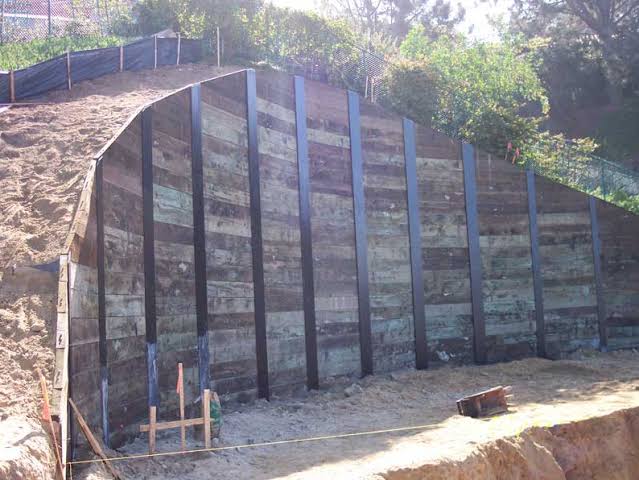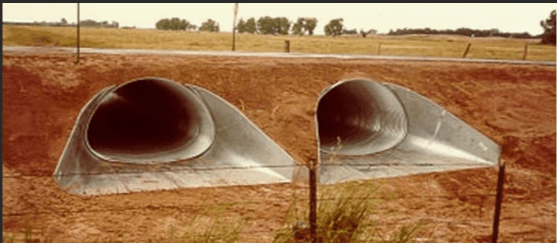Sentinel_7
Geotechnical
Good day Everybody.
I am looking at designing a similar shoring solution to the one in the photo, except I will be using sheetpiles.
My area is has restricted access and space with neighbouring structures so neither anchors nor props is an option. Hence I looking to use the strength of the arch shape.
I was wondering if someone can refer me to some theory or published articles that I can apply to design the shoring system cost effective.
Just assuming it is a cantilevered wall amd using the apex of the arch will result in over conservative structural elements and unrealistic predicted wall deflections.
Looking forward to your responses!

I am looking at designing a similar shoring solution to the one in the photo, except I will be using sheetpiles.
My area is has restricted access and space with neighbouring structures so neither anchors nor props is an option. Hence I looking to use the strength of the arch shape.
I was wondering if someone can refer me to some theory or published articles that I can apply to design the shoring system cost effective.
Just assuming it is a cantilevered wall amd using the apex of the arch will result in over conservative structural elements and unrealistic predicted wall deflections.
Looking forward to your responses!



![[idea] [idea] [idea]](/data/assets/smilies/idea.gif)